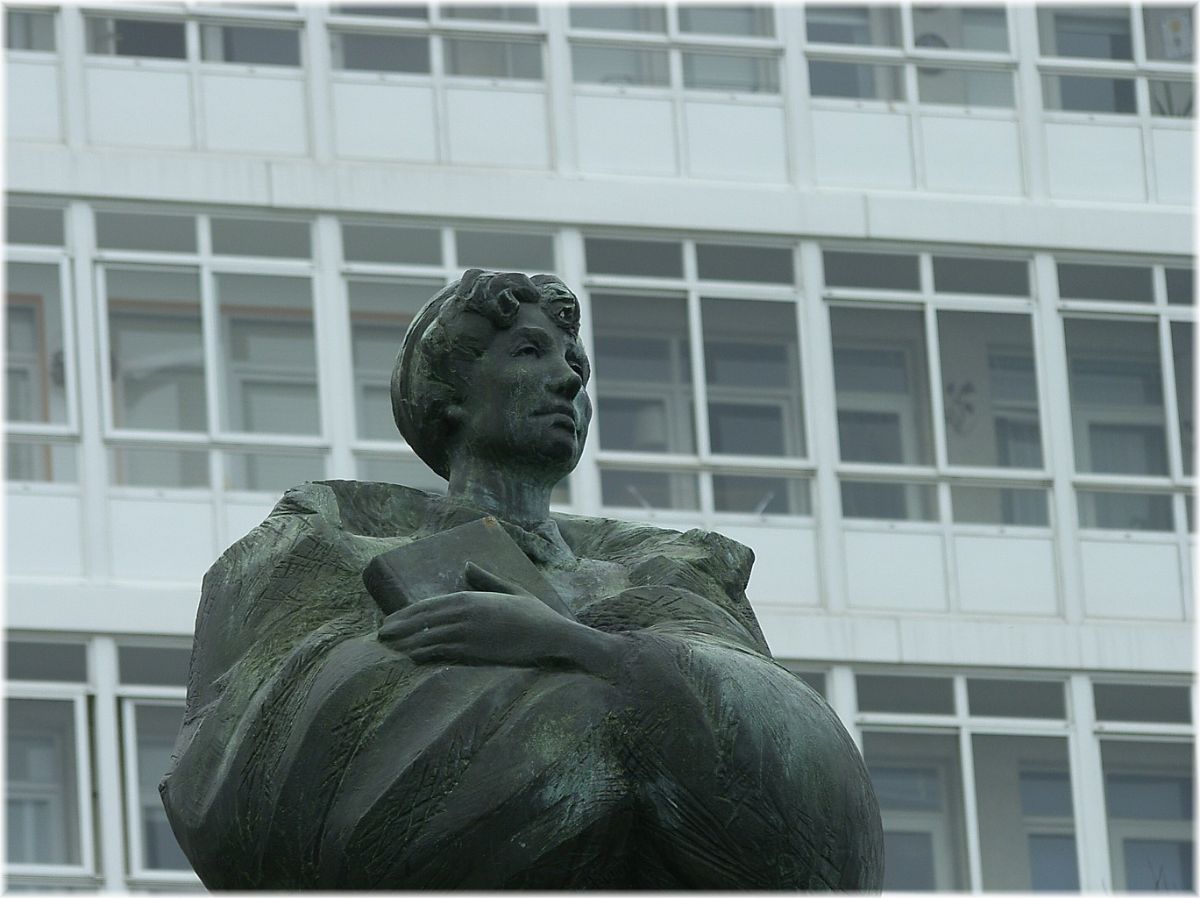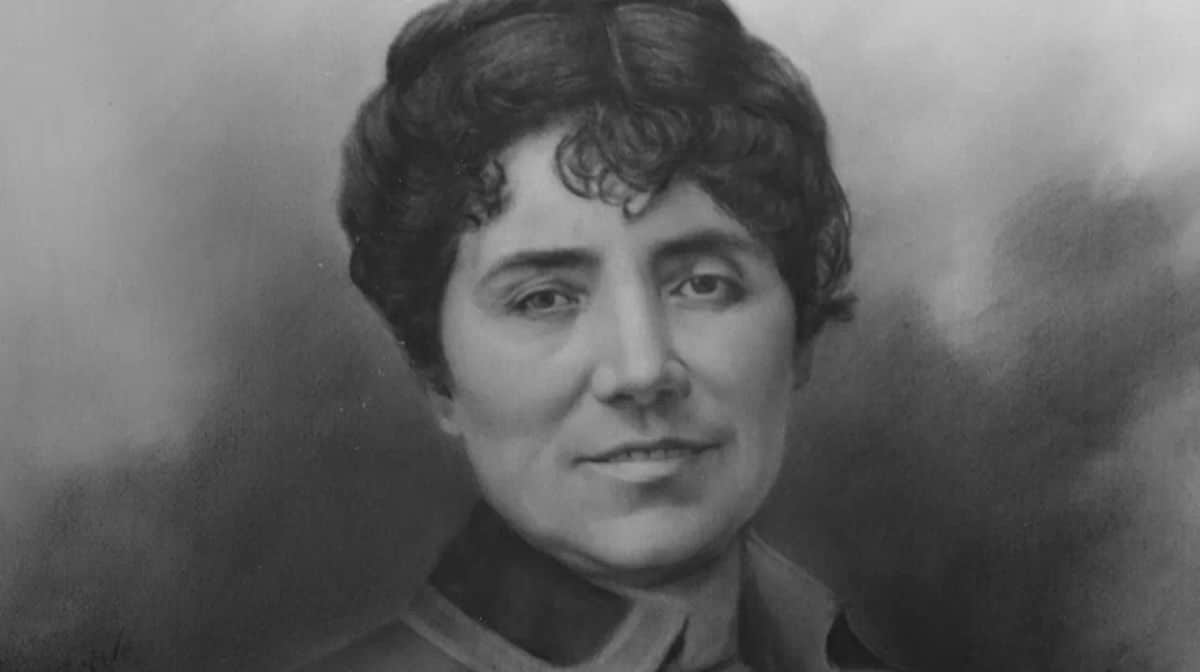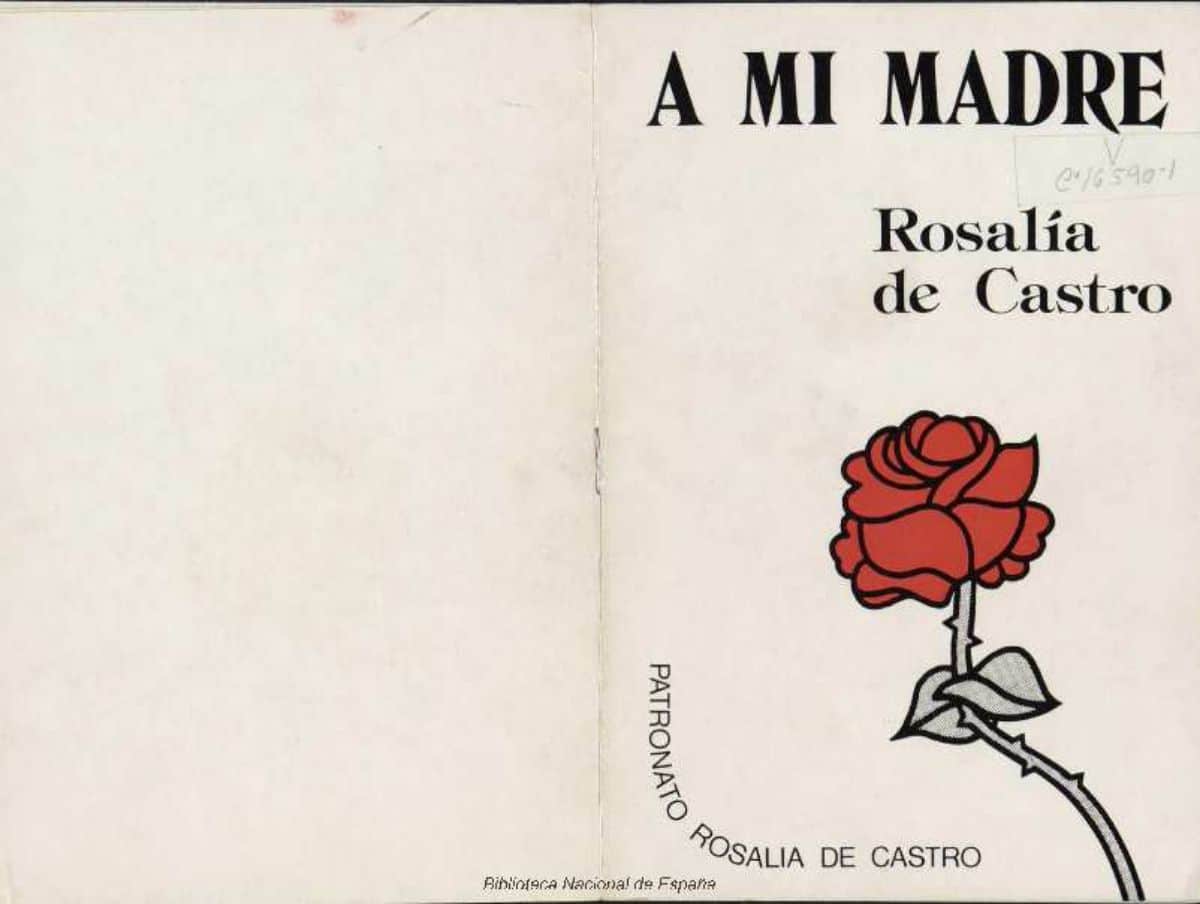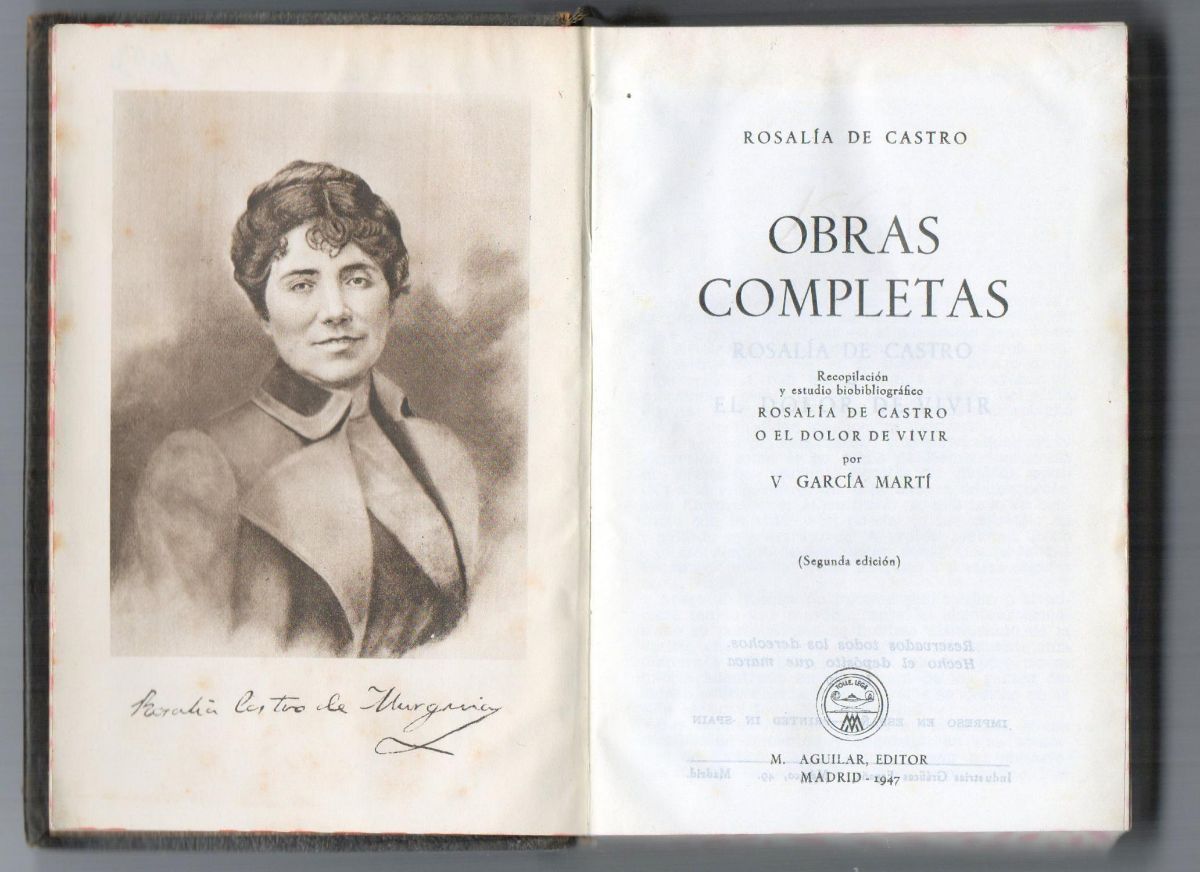
There is no doubt that Rosalía de Castro was one of the best writers. But what do you know about his life? Have you ever read the biography of Rosalía de Castro?
If you have not done so, you have missed many details that, directly or indirectly, he has put into his works. So today we are going to focus on the figure of this writer so that you can get to know her as thoroughly as possible. Go for it?
Biography of Rosalia de Castro

Source: The voice of Galicia
On February 23, 1837, Rosalía de Castro was born.. However, it is curious what was reflected in his baptism certificate, in the chapel of the Royal Hospital. He says like this:
On February twenty-fourth, one thousand eight hundred and thirty-six, María Francisca Martínez, a resident of San Juan de Campo, was the godmother of a girl whom I solemnly baptized and put up the holy oils, calling her María Rosalía Rita, daughter of unknown parents, whose daughter the godmother took, and she goes without a number, for not having passed the Inclusa; and for the record, I sign it: José Vicente Varela y Montero.
This has meant that, not knowing who their parents are, many mysteries and secrets have been discussed. However, over time it became known who her parents were; on the one hand, Mrs. María Teresa de la Cruz de Castro y Abadía; on the other hand, Don José Martínez Viojo, a priest who could not recognize his daughter and chose to delegate the care to his sisters.
Thus, lived with his paternal aunts, Doña Teresa and Doña María Josefa. Her godmother, María Francisca Martínez, is not known for sure who she was, although it is said that she could have had a relationship with her mother, being a servant of hers.
During his childhood, Rosalía lived happily, at least until her mother claimed her and took her to Padrón. There he lived around 1842 and, until 1850, he moved to Santiago de Compostela.
The first publications
In 1856 he moved to Madrid, where he lived with the family of his aunt María Josefa. It was in Madrid where he published a collection of poems titled La flor. And it was the one that made the writer and historian Manuel Murguía notice her. To such an extent that, two years later, they were married in the church of San Ildefonso in Madrid.
Four years later his mother passed away.
As a couple, they were traveling from one place to another. But still they took time for their seven children to be born all in Galicia. Unfortunately, not all of them reached adulthood. His last two children died, one due to a fall, when she was just one year old; and the other was born dead.
In 1868 Manuel was appointed director of the General Archive of Simancas and began to live between his family home and Madrid. At least until the end of Rosalía.
The last time of Rosalia
The last years of Rosalía de Castro took place in Padrón, a place where she arrived in 1875 never to leave again. That yes, it was not in the country house in which she lived in her childhood, because that place no longer belonged to her family (something that always embarrassed her), but in the Towers of Lestrove (at least until 1882). She then she was in Santiago de Carril but only one year.
She had always had health problems, but this increased after 1883 when the cancer of the uterus, which she had had for a long time, began to be more aggressive and affected the writer's health. She then moved to La Matanza.
Still, he fought for two years to maintain his life, until finally, on July 15, 1885, he breathed his last in his home.
Initially, the remains of Rosalía de Castro were buried in the Adina cemetery (Pontevedra, Galicia), but in 1891 the coffin was exhumed and transferred to the Pantheon of Illustrious Galegos of the Convent of Santo Domingo de Bonaval, in Santiago de Compostela.
Why Rosalía de Castro is a referent of feminism

Source: Twitter
Rosalía de Castro is not only a reference to be taken into account with respect to literature, but she is also a reference for feminism.
And is that in his poems and novels there are clear references to social causes. In a costumbrista way, he used his words in his works to denounce the injustices that occurred in the society in which he lived, especially in the case of women. Some examples may be social exclusion or classism. Even for a decade, from 1850 to 1860, she published poems that ranged for the independence, equality and freedom of women. And how did he do it? Reflecting their present, how they were abandoned, excluded and poor (since the ones who handled all the money were the men).
It is for this reason that Rosalía de Castro sees herself as a writer, and a woman, who knew how to see beyond the role imposed on women in order to want to stand out and, at least, be treated as an equal.
Works by Rosalia de Castro

Source: Zvab
As can be seen on Wikipedia, the works of Rosalía de Castro can be categorized into two groups:
Works in Spanish and prose:
- The daughter of the sea.
- The literati.
- lieders.
Works in Galician and in verse:
- Galician songs.
- You fuck new
But, in addition to these, they are also mention other works:
- ruins.
- The knight in blue boots.
- The First Madman: Strange Tale.
- On the banks of the Sar.
- Verses to Compostela.
- The flower.
- flavio.
- To my mother.
- Cards.
- Complete prose.
- Complete poetry.
- poetic anthology.
- poetic work.
The most important are undoubtedly Follas novas and Galician songs. (they are also the best known). However, in almost all of his works he left many “fragments” of his own life. In fact, there were also some letters that she herself wrote to her husband, but he burned them a few years before her death, they say because he did not want anything to cloud how her wife was seen “from doors out."
Do you have any doubts about the biography of Rosalía de Castro?